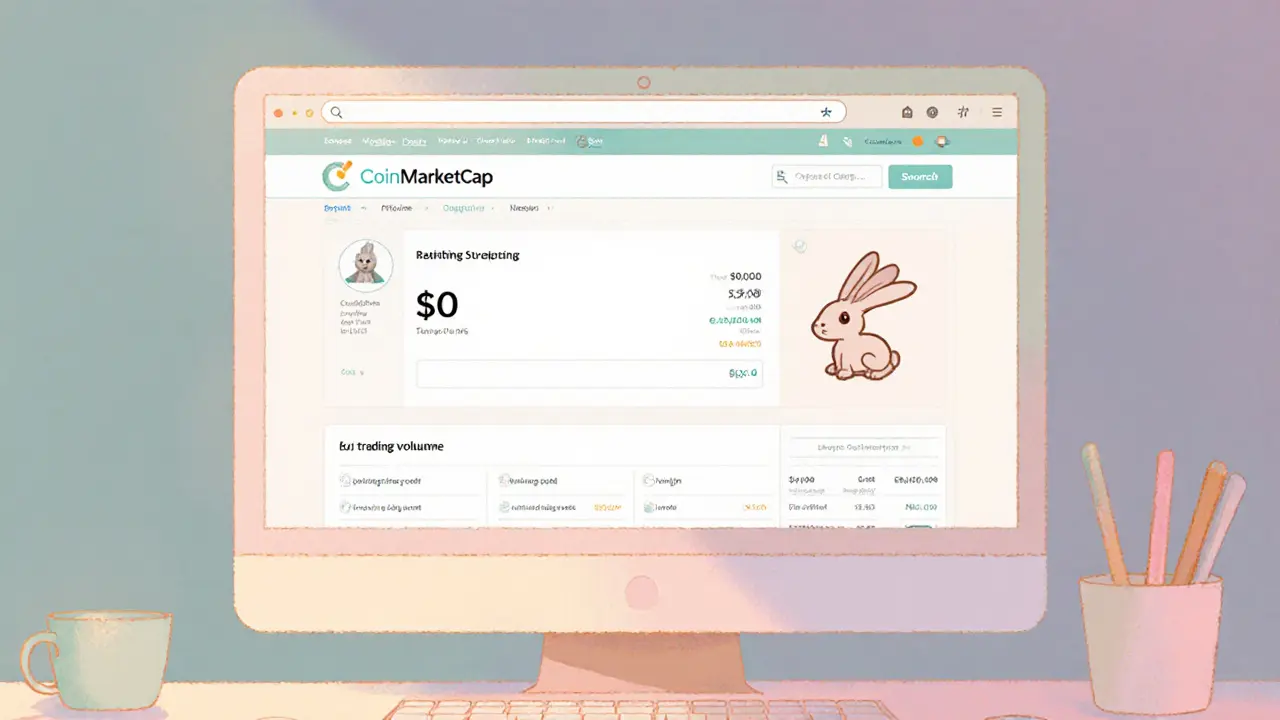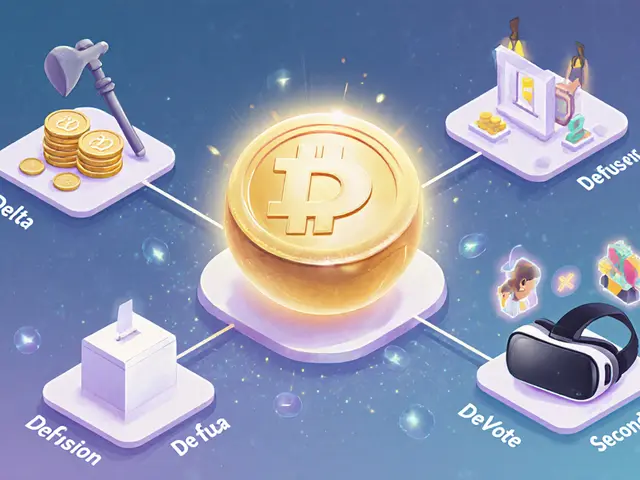Cryptocurrency Airdrop: What You Need to Know
When talking about cryptocurrency airdrop, a free distribution of tokens by a blockchain project to selected wallets or community members. Also known as crypto airdrop, it aims to boost awareness, reward early users, or jump‑start a token’s network effect. Airdrop tax, the reporting requirement for the fair market value of received tokens adds a compliance layer, while airdrop scams, fraudulent schemes that mimic legitimate drops to steal funds threaten unwary claimers. Understanding token distribution, how a project allocates its supply across investors, team, and community rewards and the eligibility criteria, the specific actions or holdings required to qualify is essential before you click any claim button.
Cryptocurrency airdrop programs have become a go‑to marketing tool for new blockchain ventures. By handing out a slice of their token supply, projects can instantly enlarge their user base, generate social buzz, and gather valuable on‑chain data. The airdrop itself is a direct link to the broader concept of token distribution, which dictates a project's economic model and future price dynamics. A well‑structured distribution can create a balanced supply that supports liquidity and long‑term growth, whereas an uneven drop may lead to price dumps. In practice, you’ll see a mix of blanket airdrops (everyone with a compatible wallet gets tokens) and targeted drops that require holding a partner token, completing a task, or joining a community platform.
How to Claim and What You Need
Eligibility usually hinges on a few common factors: holding a specific token on a snapshot date, completing a social media action, or signing up on a project’s website. The claim process often involves connecting a wallet—MetaMask, Trust Wallet, or a hardware device—to the airdrop portal, then signing a transaction that transfers the free tokens. Some projects add a KYC step to comply with local regulations; this is where the airdrop tax conversation starts to matter. Keep a record of the transaction hash, the date of receipt, and the token’s market price at that moment—these details will be needed for tax reporting. Many users rely on portfolio trackers or spreadsheet templates to organize this data across multiple airdrops.
While the upside of receiving free tokens can be tempting, the tax landscape varies widely. In the United States, the IRS treats airdropped tokens as ordinary income at their fair market value on the day they become accessible. Canada and the UK have similar rules, whereas some jurisdictions, like Germany, may consider them tax‑free if held beyond a certain period. Reporting requirements also differ: some countries demand a separate line item for each airdrop, while others allow aggregation under a “miscellaneous income” category. Using tax‑software that supports crypto, or consulting a specialist, can save you from costly penalties.
Scams exploit the excitement around airdrops by sending fake claim links, asking for private keys, or demanding upfront fees. Red flags include: a URL that doesn’t match the official project domain, emails that ask you to “verify” your wallet, and promises of unusually large token amounts. Legitimate airdrops never ask for your private key and usually provide a clear, on‑chain transaction you can verify on a block explorer. If you’re unsure, check community channels—official Discord, Telegram, or Reddit—and compare the announcement with the project’s blog or press releases.
The collection of articles below covers every angle of the airdrop ecosystem. You’ll find step‑by‑step guides on claiming specific drops like the Artify & CoinMarketCap event, deep dives into tax obligations across major regions, and practical checklists to spot fraud before it hits your wallet. Whether you’re a newcomer looking for your first free token or a seasoned trader assessing the impact of a new distribution on market dynamics, these resources give you the tools to act safely and profitably.

Explore the uncertain status of the RBT (Rabbit Token) airdrop, its CoinMarketCap listing, and how to safely verify any future token giveaways.
Jonathan Jennings Oct 8, 2025
Get the full low‑down on ETHPad's GRAND airdrop: eligibility, claim steps, tokenomics, pitfalls, and FAQs. Claim your free ETHPad tokens before the deadline.
Jonathan Jennings Nov 24, 2024




